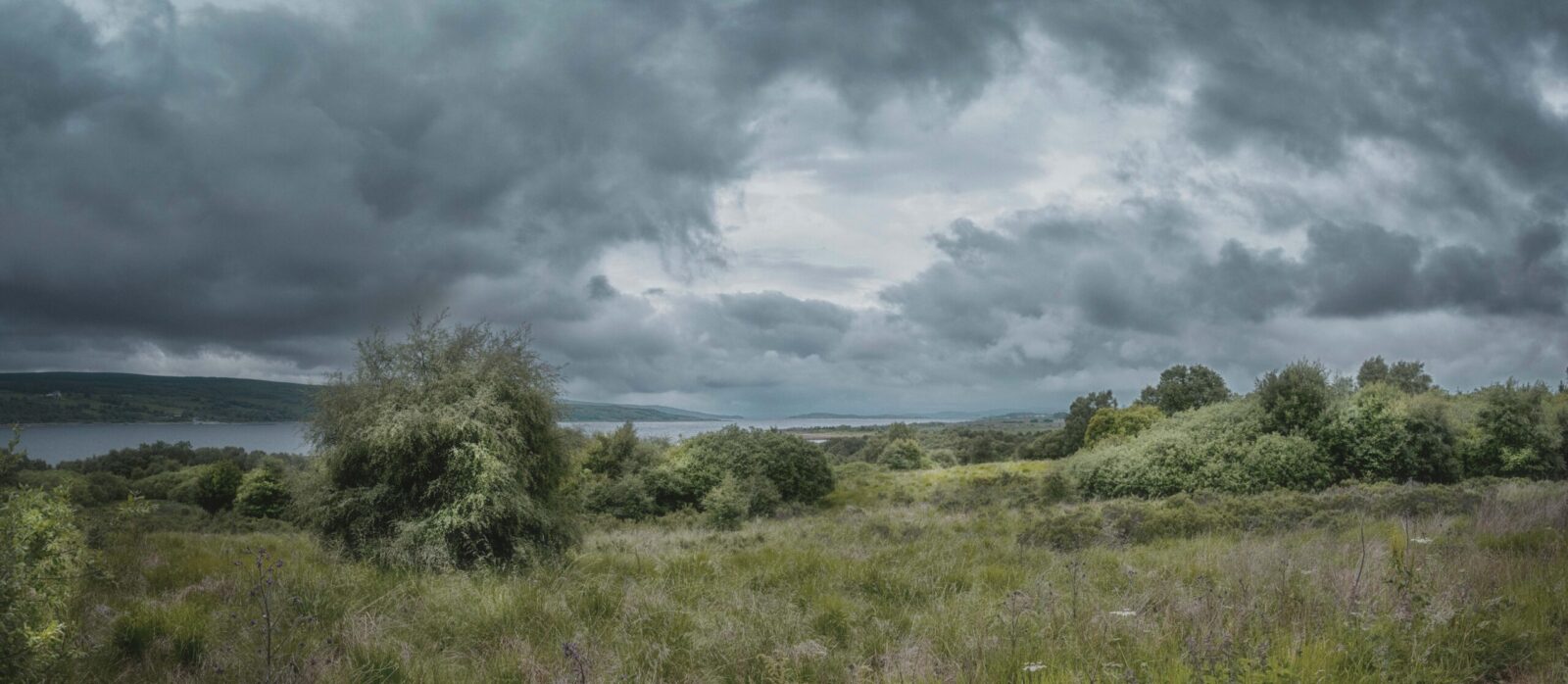Tips
Thinking outside the box
I very often think ‘outside the box’ when taking photographs, often resulting in failures of varying magnitudes. But sometimes…………..
I was sat in the garden some summers ago, with my camera on my lap, idly watching the midges flitting up and down. I noticed there were two larger midges that repeatedly moved from the far end of the garden to where I was sat.
As I watched an idea formed……….
I manually set the camera’s focus to just about where the midges flitted to, reset the auto focus and set the camera to beep when locked on. The shutter speed was set to 1/4000th sec, the aperture to f/5.6, (the largest for my 300 mm Nikon lens); the ISO was set to 800.
When the midges flew to me I quickly focused by half pressing the shutter button and when I heard the beep, fired off a high speed burst, returning eight grossly under exposed frames.
The first frame I shot had a very dim spot of light on it, the other seven frames were completely black; so one MASSIVE crop and increase in exposure in post processing produced this.
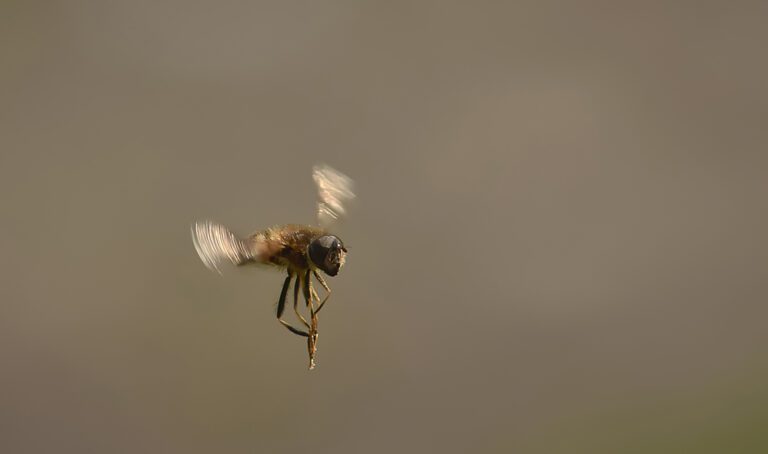
Controlling Insects
I have a shrub in the garden that, when in bloom, attracts hover flies. But how did I get them to stay put long enough to photograph them? I used some sugar water and sprayed a particular bloom.
I set the camera up on a tripod, with a Tamron 90mm macro lens attached.
With a remote shutter release connected, I focused on this particular bloom and, using Live View, simply waited for a hover fly to walk into the focal plane. I was able to take several shots of this little lady at my leisure, while she drank her fill.
Shutter speed: 2000th sec; Aperture: F/4; ISO: 100; Metering: Centre weighted.
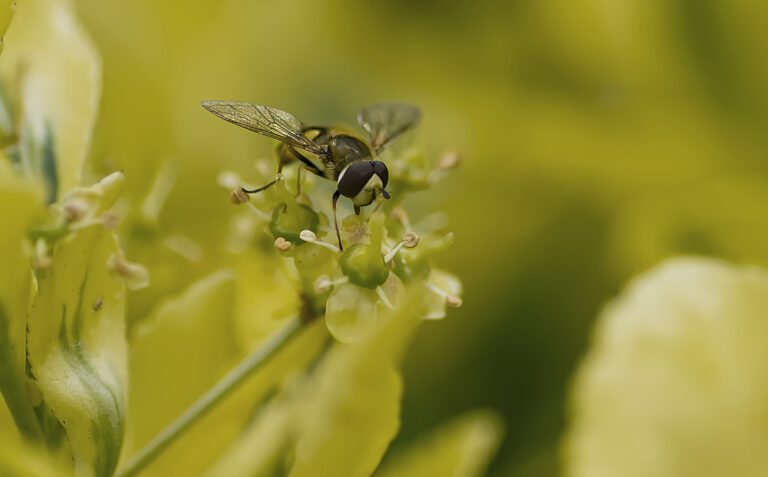
Shooting into sun
Normally, shooting into the sun is a big no no. However, if you take care, then some stunning images can be achieved.
The principle is to reduce the amount of light reaching the sensor so that the image isn’t blown out.
Close the aperture down to f/22 and increase the shutter speed to 1/2000th of a second. This will result in a badly under exposed image.
Now increase the ISO, (the sensor’s sensitivity to light), until you have a decent exposure on the camera’s exposure meter.
The very small aperture will result in a sunburst and the high ISO will produce noise, which can be improved on in post processing.
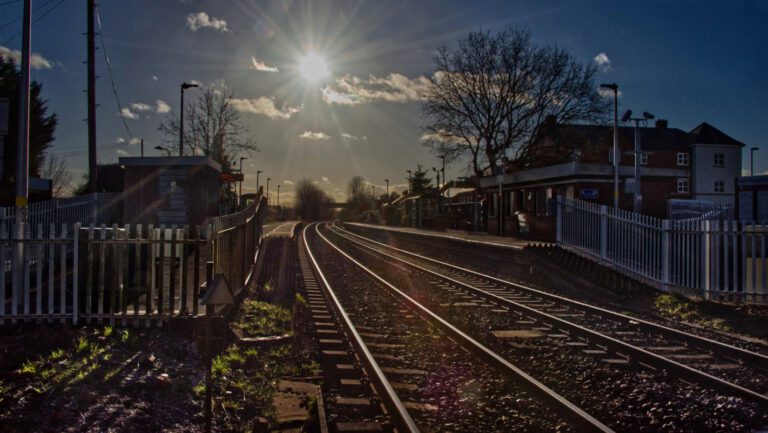
Low view point
Taking a low viewpoint in any circumstance will always enhance, dramatise and add dynamism to an image.
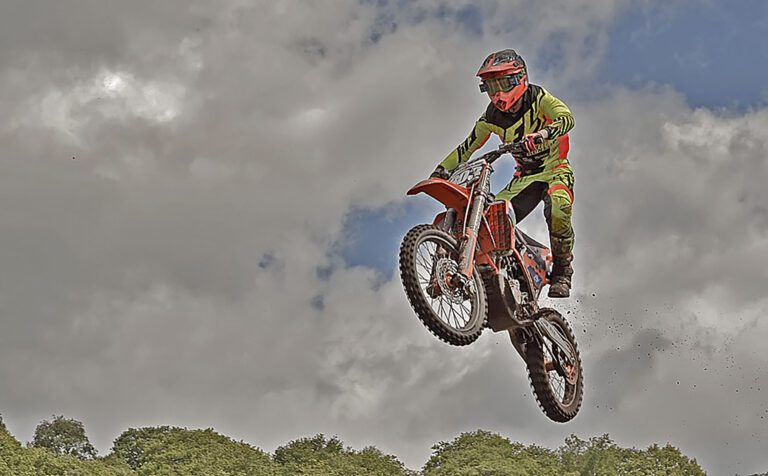
Alternative to Bokeh.
Normally, photographers open up the aperture to get a blurred background, enabling the subject to become dominant. Now this is all well and good, but sometimes the background is so cluttered, opening the aperture simply doesn’t work.
Under these circumstances try this. Close the aperture to f/22 and increase the shutter speed to something like 1/2000 th second. Then get a torch, shine it on the subject and then take the shot. The camera will show the cluttered background as under exposed and yet pick up the subject in the torch light.
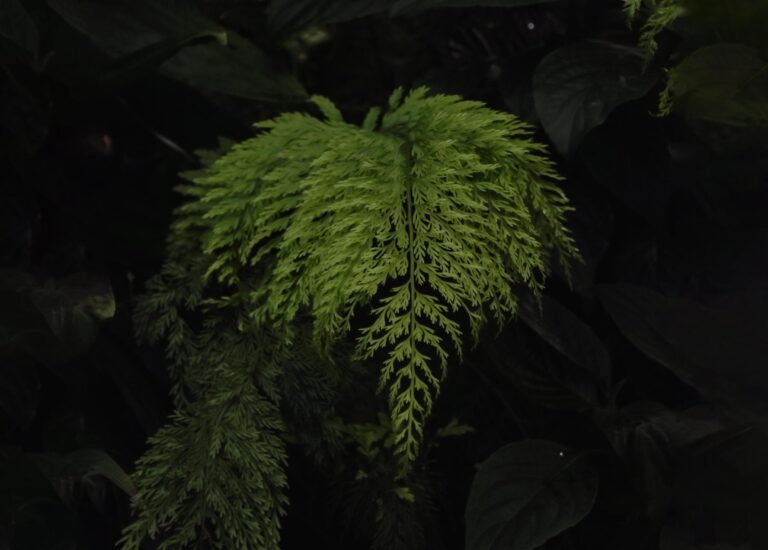
Zoom in.
This image is part of a much larger vista, and yet by simply zooming in a new, more dramatic image has been created. Always keep your eye open for this simple tip.
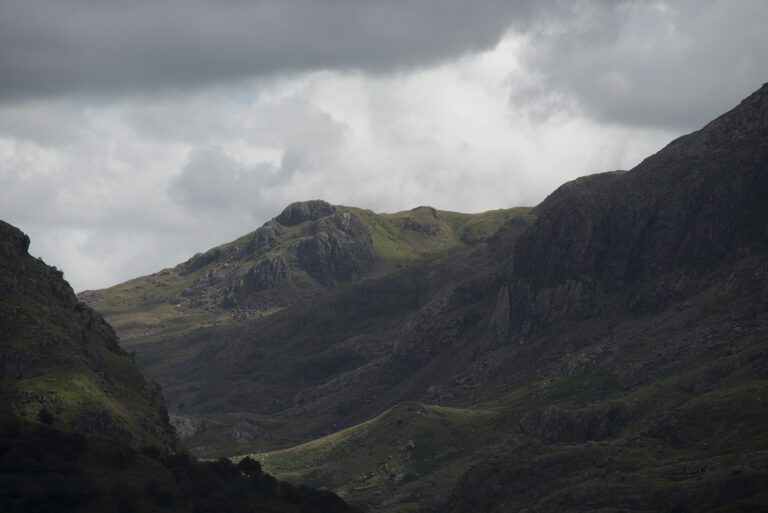
Vistas
If there is a vista in front of you, photograph it by all means, but only as a library shot – It will invariably produce a ‘nothing’ photograph.
Look for lead-in lines, overlapping diagonals, dappled sunlight – anything that will catch the viewers attention

